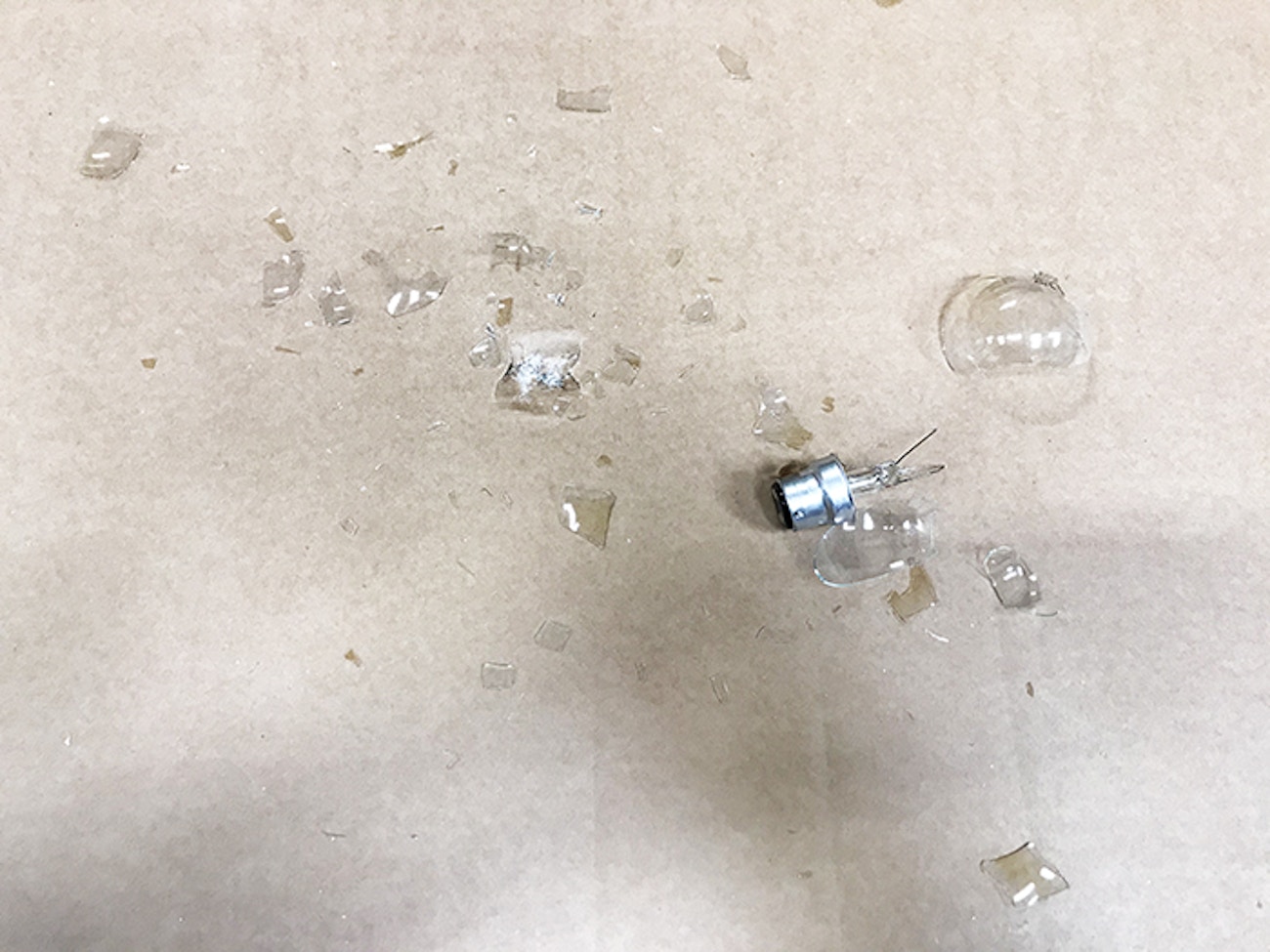Blog
It's Lights Out For Halogen Lamps

Author: Alex Beeston
Halogen lamps are on their way out
(Check out the end of this article for an out-take of the bulb smash!)
Halogen lamps now banned
Did you know that halogen lamps are now banned in the UK? In fact, as from 1st September 2018 onwards halogen lamps are banned across the whole of the EU. Halogen lamps use around five time the energy of LED lamps and this move is part of Europe’s commitment to rein in CO2 emissions and reduce its carbon footprint.
The GU10 halogen lamps were banned in 2016, but other halogen lamps had a stay of execution as manufacturers argued that the LED alternatives were not bright enough.
This is a great step forward for energy saving as it means the end of inefficient technology, high lighting bills and a massive reduction of 15.2 million tonnes in Europe’s carbon footprint by 2025. Some tests have shown that a home owner could save up to 91% on lighting bills by making the switch to LED.

Brexit Bulbs?
Does Brexit affect the bulb ban? Not really. These rules remain relevant as long as the UK follows EU legislation. And, as with other bans such as the one on vacuum cleaners with high-wattage motors, manufacturers have indicated that they are unlikely to continue producing halogen bulbs specifically for the UK market after Brexit.
According to the Energy Saving Trust there are three specialist use halogen lamps that are not being phased out.

The Switch To LEDs
LED lighting has dramatically fallen in price over the last few years – but the best advice is not to simply go for the cheapest. In a lot of cases, you’re likely to get what you’ve paid for. It’s reasonable to expect cheaper lamps to be less robust in the long run.
A generation brought up on bulb brightness expressed in terms such as 100w or 60w has to learn the new vocabulary of “lumens”. Wattage measures power or energy, while lumens measure light output. Broadly speaking, a 60w bulb gave off around 700 lumens, while a 100w one is equivalent to more than 1,300 lumens. But stores such as John Lewis still label LED lights primarily with watts; it says its 8.5w “classic” LED bulb is equivalent to a 75w incandescent bulb, while a 13.5w LED is equal to a 100w old-style bulb.

While there are now a lot of dimmable LEDs out there, it’s important not to use them without checking the compatibility with the range of dimmer switches being used.
If you’re keen to invest in the very latest lighting technology, ‘smart bulbs’ offer the maximum functionality, including control from your smart phone. Naturally, though, this comes at a cost – both in terms of up-front bulb prices and running costs. You can file this technological addition under ‘nice to have’ but non-essential!
Working With A Lighting Consultancy
If you’re looking to make the most of LED lighting and would like to create specific LED lighting effects around your home, it’s worth booking a session with a lighting designer at Hampshire Light. We can discuss how to create a variety of moods and lighting scenes for different rooms, using a wide range of LED bulb types and fittings, as well as dimmers.
Bulb Smash Out-take - you can't dodge the legislation like this!